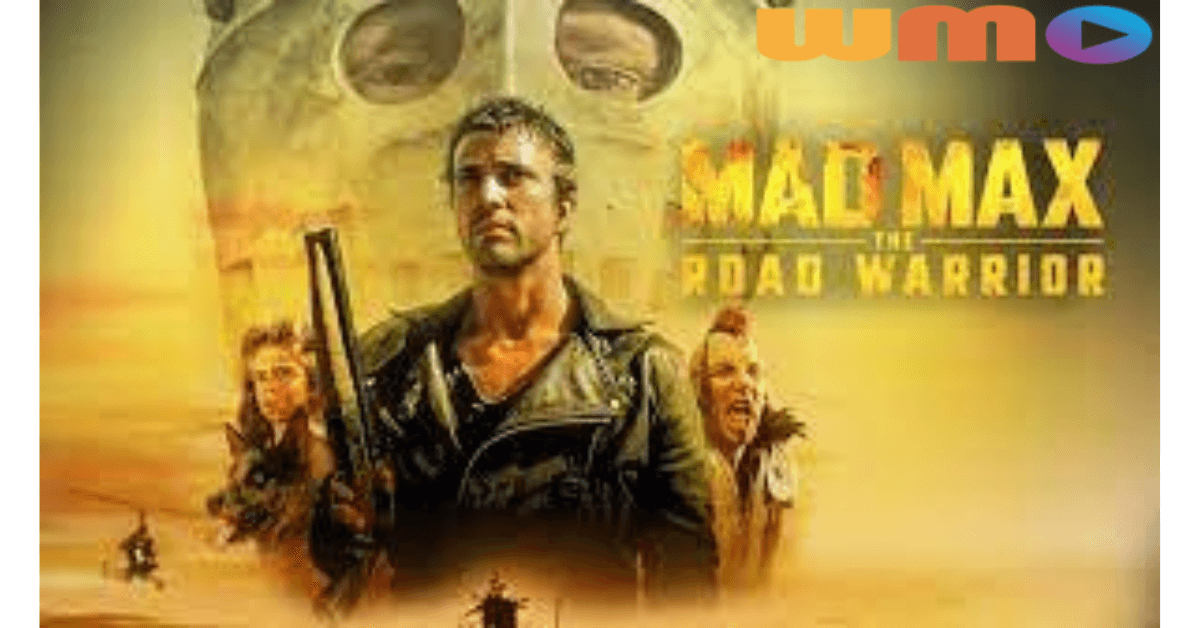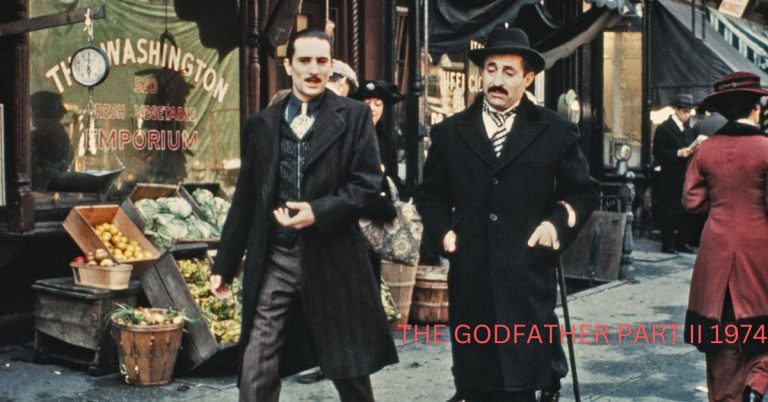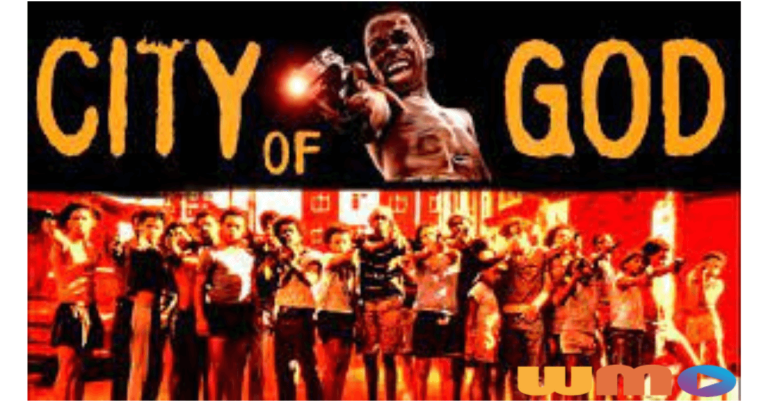The Road Warrior 1981 Movie Review
Introduction to “The Road Warrior”
“The Road Warrior,” also known as “Mad Max 2: The Road Warrior,” is a landmark film in the post-apocalyptic genre, directed by George Miller. Released in 1981, it follows the exploits of Max Rockatansky, portrayed by Mel Gibson, in a desolate world where civilization has collapsed, and survival is a daily battle.
Plot Summary
Set in a dystopian future where resources are scarce, “The Road Warrior” centers around Max Rockatansky, a former policeman turned wandering survivor. Max comes across a small community of settlers who are being besieged by a ruthless gang of marauders led by the intimidating Lord Humungus. In exchange for gasoline, Max agrees to help the settlers escape by driving a tanker truck filled with fuel through hostile territory.
Character Analysis
Max Rockatansky
Max is a haunted and hardened individual, tormented by the loss of his family and the collapse of society. Despite his rugged exterior, he possesses a strong sense of morality and a willingness to help those in need, even if it means risking his own life. Throughout the film, Max grapples with his inner demons while navigating the treacherous wasteland.
Lord Humungus
Lord Humungus is the formidable leader of the marauders, a masked figure whose sheer presence instills fear in both his followers and his enemies. He is ruthless and relentless, willing to do whatever it takes to maintain control over the precious resources of the wasteland. Lord Humungus serves as a stark contrast to Max, representing the brutal nature of survival in this unforgiving world.
Themes Explored
Survival in a Post-Apocalyptic World
“The Road Warrior” explores the lengths to which individuals will go to survive in a world devoid of civilization. It depicts the harsh realities of life in the wasteland, where every day is a struggle for food, water, and fuel. The film highlights the resilience of the human spirit in the face of overwhelming adversity.
Sacrifice and Redemption
Throughout the film, characters are forced to make difficult choices and sacrifices in order to secure their own survival and the survival of others. Max, in particular, undergoes a journey of redemption as he confronts his past traumas and finds purpose in helping the vulnerable settlers.
Visuals and Cinematography
The visuals and cinematography of “The Road Warrior” are breathtaking, capturing the bleak beauty of the post-apocalyptic landscape. Director George Miller employs wide shots and sweeping panoramas to convey the vastness of the wasteland, while the film’s practical effects and stunt work add a visceral realism to the action sequences.
Impact and Legacy
“The Road Warrior” had a profound impact on the action genre, influencing countless filmmakers and spawning a host of imitators. Its iconic imagery, memorable characters, and adrenaline-fueled action set a new standard for post-apocalyptic storytelling, inspiring generations of filmmakers to explore similar themes and settings.
Critical Reception
Upon its release, “The Road Warrior” received widespread critical acclaim for its direction, performances, and thematic depth. Critics praised its intense action sequences, dystopian world-building, and moral complexity, with many considering it one of the greatest action films ever made.
Comparison with Other Films in the Franchise
While “The Road Warrior” is often regarded as the pinnacle of the Mad Max franchise, it is part of a larger narrative that spans multiple films. Each installment in the series builds upon the mythology established in the original “Mad Max” film, exploring new themes and characters while maintaining the franchise’s signature blend of action and dystopian drama.
Cultural Significance
“The Road Warrior” has left an indelible mark on popular culture, influencing not only the action genre but also fashion, music, and literature. Its iconic imagery, including Max’s iconic black leather attire and the menacing presence of Lord Humungus, continues to resonate with audiences around the world.
Memorable Quotes
- “In the roar of an engine, he lost everything.”
- “The last of the V8 Interceptors… a piece of history!”
- “Two days ago, I saw a vehicle that would haul that tanker. You want to get out of here? You talk to me.”
Soundtrack
The film’s score, composed by Brian May, complements the action on screen with its driving rhythms and atmospheric melodies. The main theme, with its haunting synthesizer sounds and pounding percussion, perfectly captures the mood of the post-apocalyptic world.
The Influence on Pop Culture
“The Road Warrior” has inspired countless works of fiction, including films, television shows, video games, and literature. Its themes of survival, redemption, and the collapse of civilization continue to resonate with audiences across generations, ensuring its lasting legacy in popular culture.
Awards and Nominations
While “The Road Warrior” did not receive significant awards recognition upon its release, it has since been celebrated for its cultural impact and enduring influence on the action genre. It remains a beloved classic among fans of post-apocalyptic cinema.
Conclusion
“The Road Warrior” stands as a testament to the power of visionary filmmaking, combining heart-pounding action with thought-provoking themes and unforgettable characters. Its impact on popular culture is undeniable, and its legacy continues to inspire filmmakers and audiences alike.






